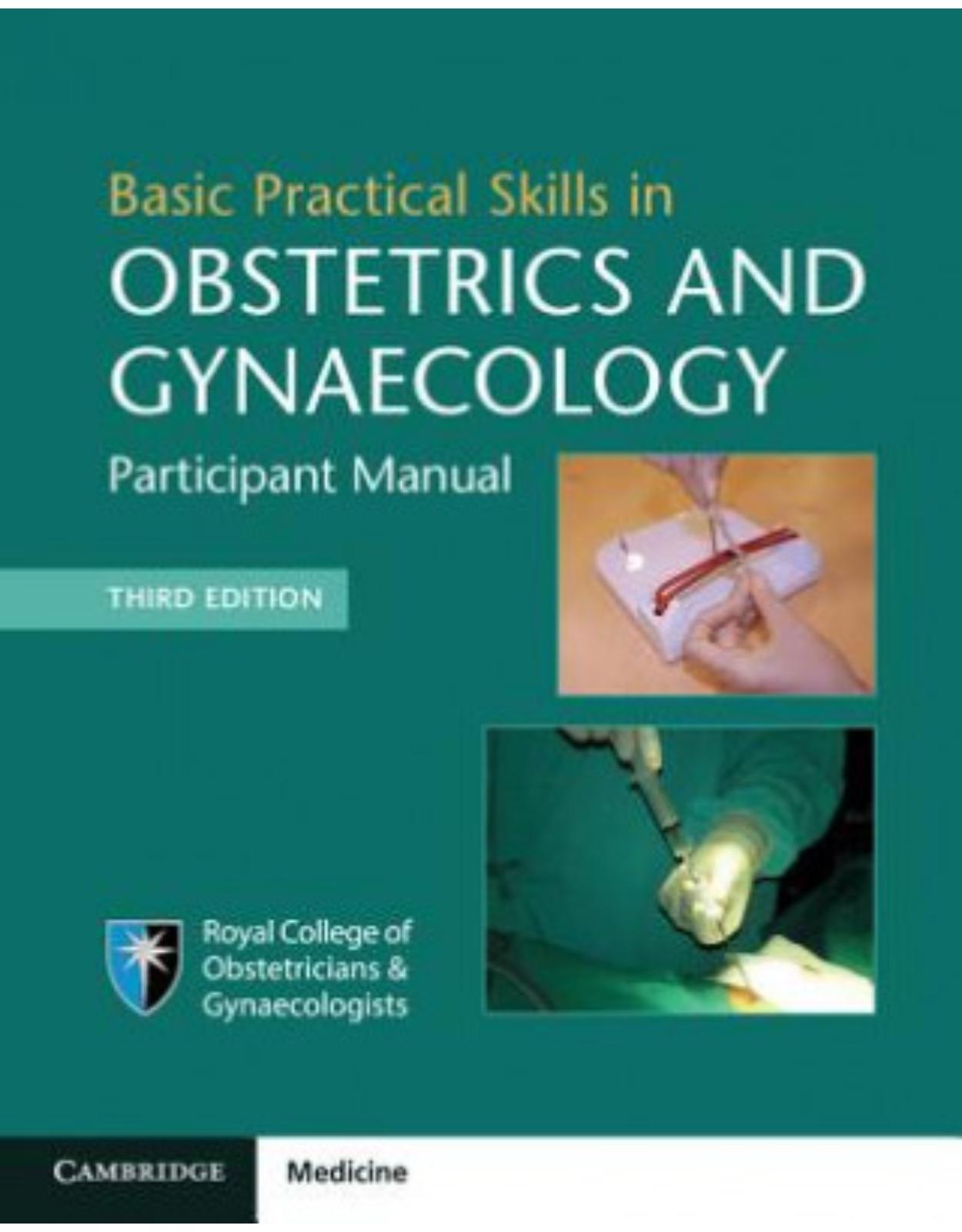
Basic Practical Skills in Obstetrics and Gynaecology
Livrare gratis la comenzi peste 500 RON. Pentru celelalte comenzi livrarea este 20 RON.
Disponibilitate: La comanda in aproximativ 4 saptamani
Editura: Cambridge University Press
Limba: Engleza
Nr. pagini: 124
Coperta: Paperback
Dimensiuni: 228 x 277 x 7 mm
An aparitie: 9 Nov. 2017
Description:
This handbook is designed to introduce trainee obstetricians and gynaecologists to safe surgical techniques and obstetric skills in a structured workshop environment. It is the course manual for the Basic Practical Skills in Obstetrics and Gynaecology course offered by the Royal College of Obstetricians and Gynaecologists, successful completion of which is mandatory to obtain an ST3 post. The manual consists of modules covering basic open general surgical techniques (such as instrument handling, suturing and knot tying); basic obstetric skills (such as pelvic anatomy, instrumental delivery and shoulder dystocia); and basic gynaecological procedures, including hysteroscopy and laparoscopy. This revised and fully updated edition is in line with the latest course, and includes new sections on human factors and basic ultrasound. The course and the manual provide a valuable early step towards building safe and sound surgical and obstetric skills, giving trainees a firm foundation for their future careers in obstetrics and gynaecology.
Table of Contents:
Basic Practical Skills in Obstetrics and Gynaecology Pioneer Working Group
Acknowledgements
Introduction
Outline of the course
Day one
Day two
Module 1 Basic open general surgical techniques
Introduction
Preparation for the course
Principles of safe surgery and good theatre etiquette
The theatre team
Preparation for surgery
Patient positioning
Ensure good views
Patient and staff safety
Protective clothing and hand washing
Asepsis and hygiene
Gown
Gloves
Suture materials and needles
Suture characteristics
Types of suture material
Suture selection
Selection of appropriate needles
Round-bodied needles
Cutting needles
Needle size, shape and gauge
Handling instruments
The scalpel
Scissors
Dissecting forceps
Artery forceps (haemostats)
Needle holder
PRACTICAL EXERCISE
Knot tying
General principles of knot tying
The square knot (reef knot)
The instrument tie
The surgeon’s knot
Tying at depth
Principles of suturing
Interrupted sutures
PRACTICAL EXERCISE
Continuous sutures
PRACTICAL EXERCISE
Mattress sutures
Subcuticular sutures
Anatomy of the anterior abdominal wall
Blood supply of the anterior abdominal wall
The nerve supply
Abdominal wall muscles (Figure 1.20)
Surgical incisions into the abdomen
Midline incision
PRACTICAL EXERCISE
Suprapubic incision
PRACTICAL EXERCISE
Abdominal wall incisions for laparoscopic surgery
Practical exercises
Opening the abdomen
Closing the abdomen
Haemostasis
PRACTICAL EXERCISE
OSATS
Module 2 Obstetric skills
Introduction
Female pelvic anatomy
The pelvic floor
The urogenital diaphragm
The perineal body
The ischiorectal fossae
The pudendal nerve
Relative dimensions of the female pelvis and the fetal head
Spontaneous vaginal birth
Flexion
Internal rotation
Extension
Restitution
External rotation
Delivery of the shoulders
Scenario 1
Phase 1
Case presentation
Ventouse delivery
Ventouse delivery technique
PRACTICAL EXERCISE
Phase 2
Case presentation (continued)
PRACTICAL EXERCISE
Manual removal of placenta
Phase 3
Case presentation (continued)
Episiotomy
Right mediolateral episiotomy technique
Episiotomy repair technique
PRACTICAL EXERCISE
Scenario 2
Phase 1
Case presentation
Pudendal block technique
Non-rotational forceps
PRACTICAL EXERCISE
Phase 2
Case presentation (continued)
Shoulder dystocia
Management of shoulder dystocia
PRACTICAL EXERCISE
Phase 3
Case presentation (continued)
PRACTICAL EXERCISE
Postpartum haemorrhage
Prediction and prevention of postpartum haemorrhage
Management of major PPH
Tone
Tissue
Trauma
Thrombin
Blood transfusion
Recombinant factor VIIa
Scenario 3
Phase 1
Case presentation
PRACTICAL EXERCISE
PRACTICAL EXERCISE
CTG interpretation
Phase 2
Case presentation (continued)
PRACTICAL EXERCISE
Fetal scalp blood sampling technique
PRACTICAL EXERCISE
Phase 3
Case presentation (continued)
PRACTICAL EXERCISE
Grade the urgency in caesarean section
Consent
Documentation of consent
Operation note
Scenario 4
Phase 1
Case presentation
PRACTICAL EXERCISE
PRACTICAL EXERCISE
Phase 2
Case presentation (continued)
PRACTICAL EXERCISE
PRACTICAL EXERCISE
Case presentation (continued)
Phase 3
Module 3 Gynaecological procedures, hysteroscopy and laparoscopy
Basic gynaecological examination and basic procedures
Position of the patient
Equipment required
Inspection
Speculum examination with Cuscoe speculum
Digital bimanual pelvic examination
Speculum examination with Sims speculum
Taking a cervical cytology specimen (cervical smear)
Taking vaginal and endocervical swabs
Insertion of an intrauterine device
Uterine evacuation
PRACTICAL EXERCISES
The use of electrical energy in surgery
Priniciples of electrosurgery
Cut
Coagulate
Monopolar diathermy
Bipolar diathermy
Frequency of surgical current
Waveform
Manipulation of the electrode
Risks of using electrosurgical energy
Unintended burns
Electrosurgery with laparoscopy
Capacitative coupling
Insulation failure
Direct coupling
Basic laparoscopy and hysteroscopy
Equipment for endoscopic surgery
Operating table
Television monitors
Video cameras
Light source and cable
Electrosurgical unit
Hysteroscopy
Equipment used for hysteroscopy
Speculum
Hysteroscope
Hysteroscope sheath
Fluid infusion system
Hysteroscopy procedure
Laparoscopy
Equipment used for laparoscopy
Laparoscope
Rapid-flow insufflator
Irrigation/suction system
Insertion of the primary ports
Position the patient
Camera etiquette
Closed-entry technique for laparoscopy
Introduction of the pneumoperitoneum
Insertion of the primary trocar
Open entry for laparoscopy
Alternative entry site
Insertion of secondary ports
Laparoscopic exit techniques
Laparoscopy scenarios
Closed laparoscopic entry and optimisation of equipment
Index
| An aparitie | 9 Nov. 2017 |
| Autor | Royal College of Obstetricians and Gynaecologists |
| Dimensiuni | 228 x 277 x 7 mm |
| Editura | Cambridge University Press |
| Format | Paperback |
| ISBN | 9781108407038 |
| Limba | Engleza |
| Nr pag | 124 |

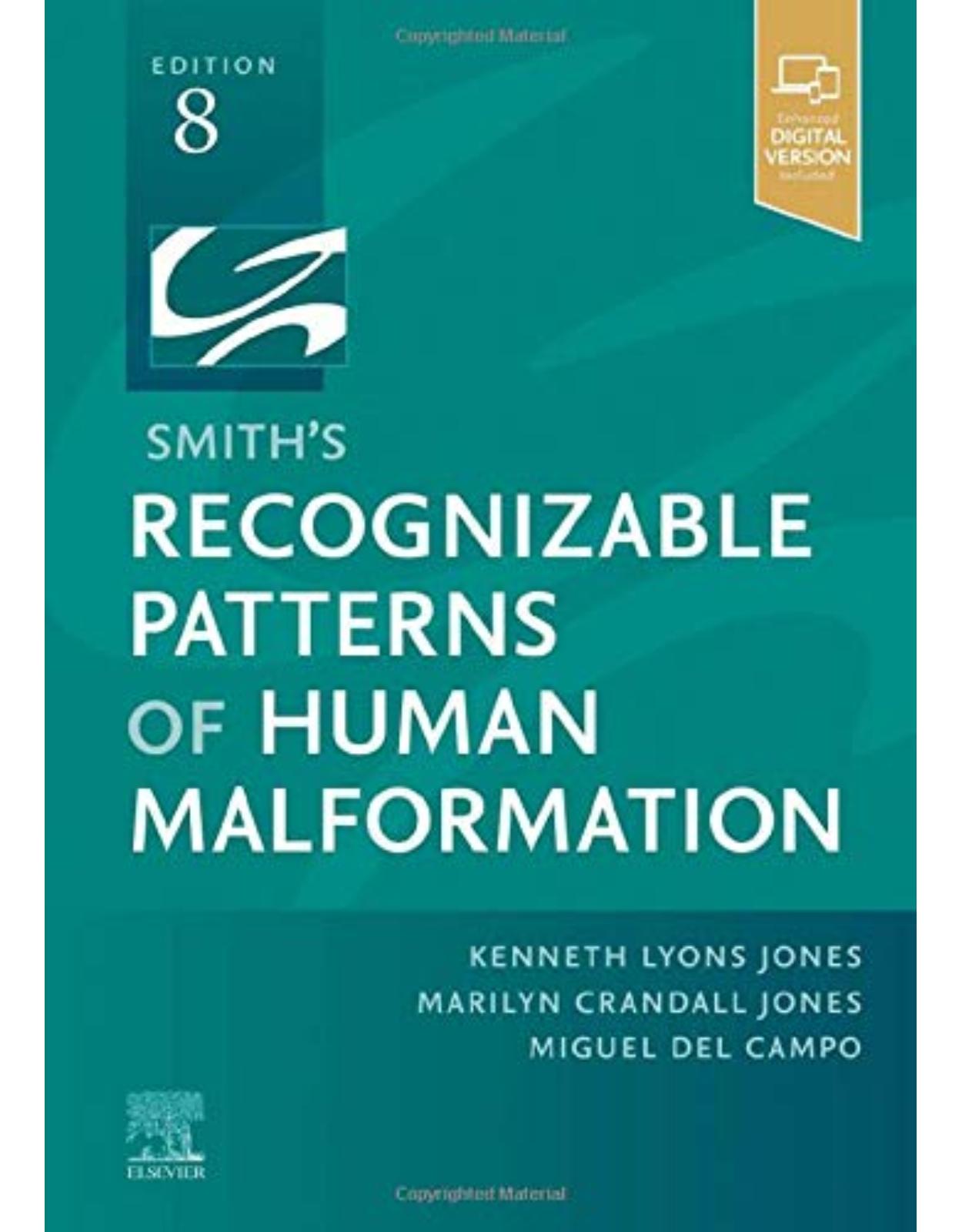
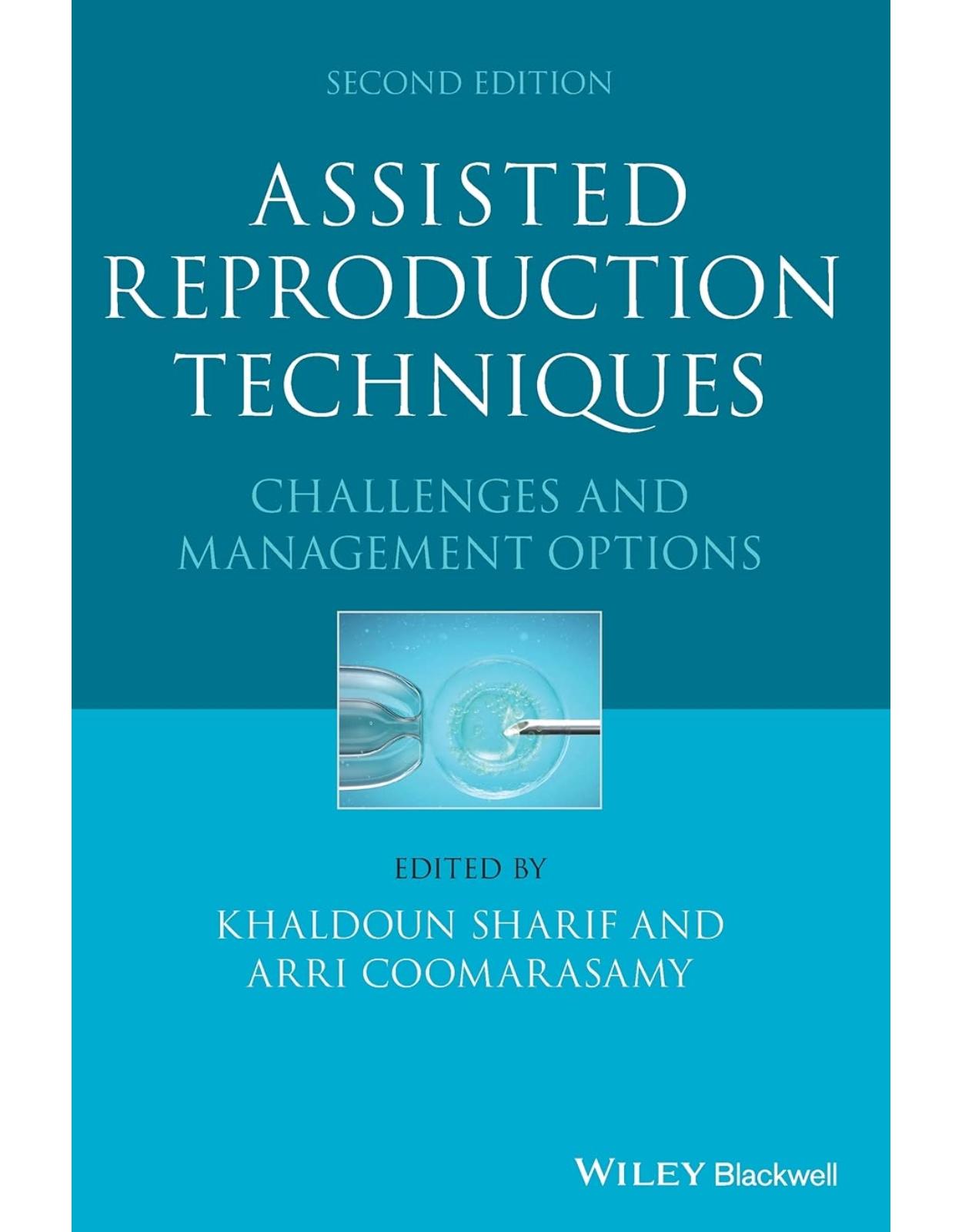
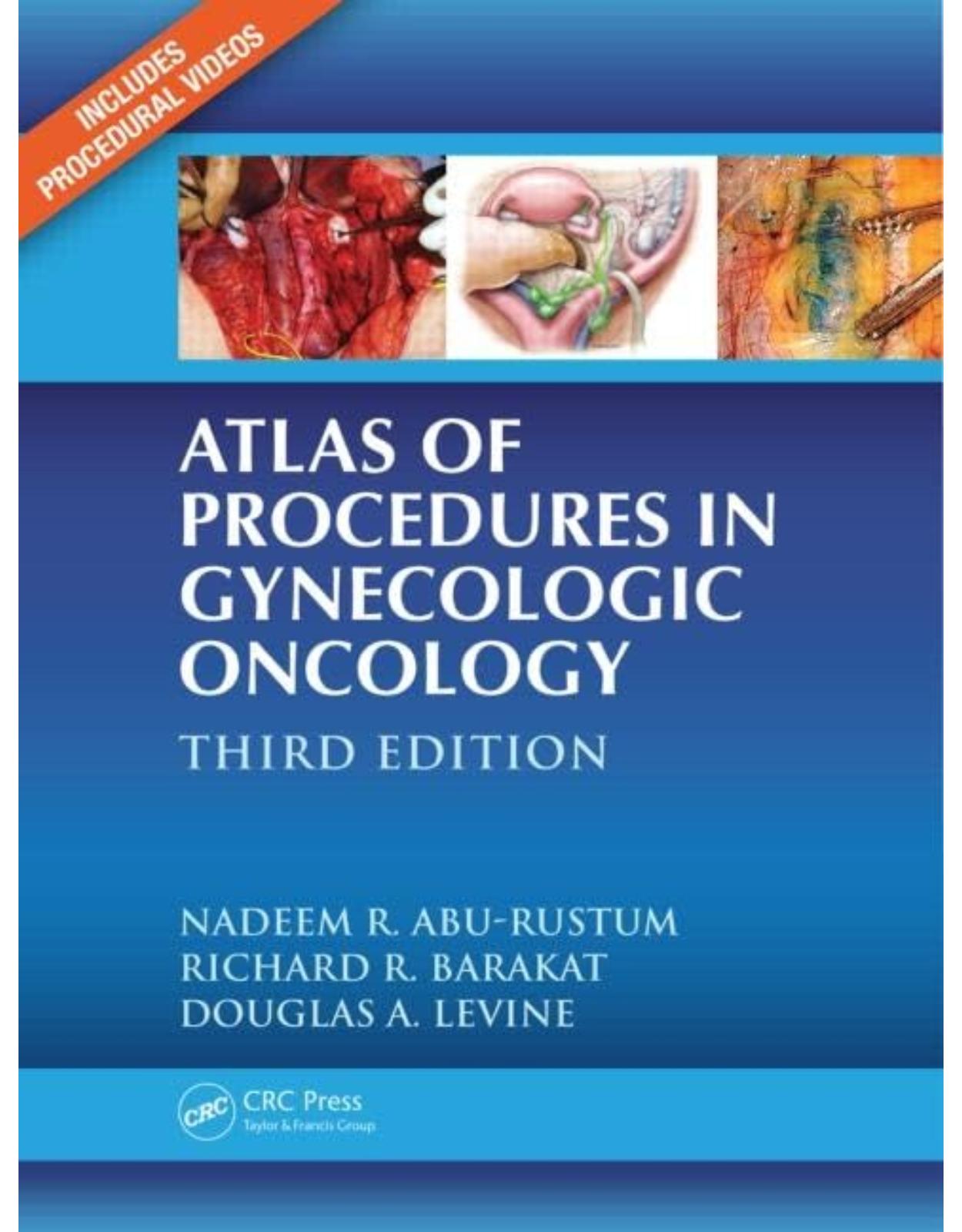

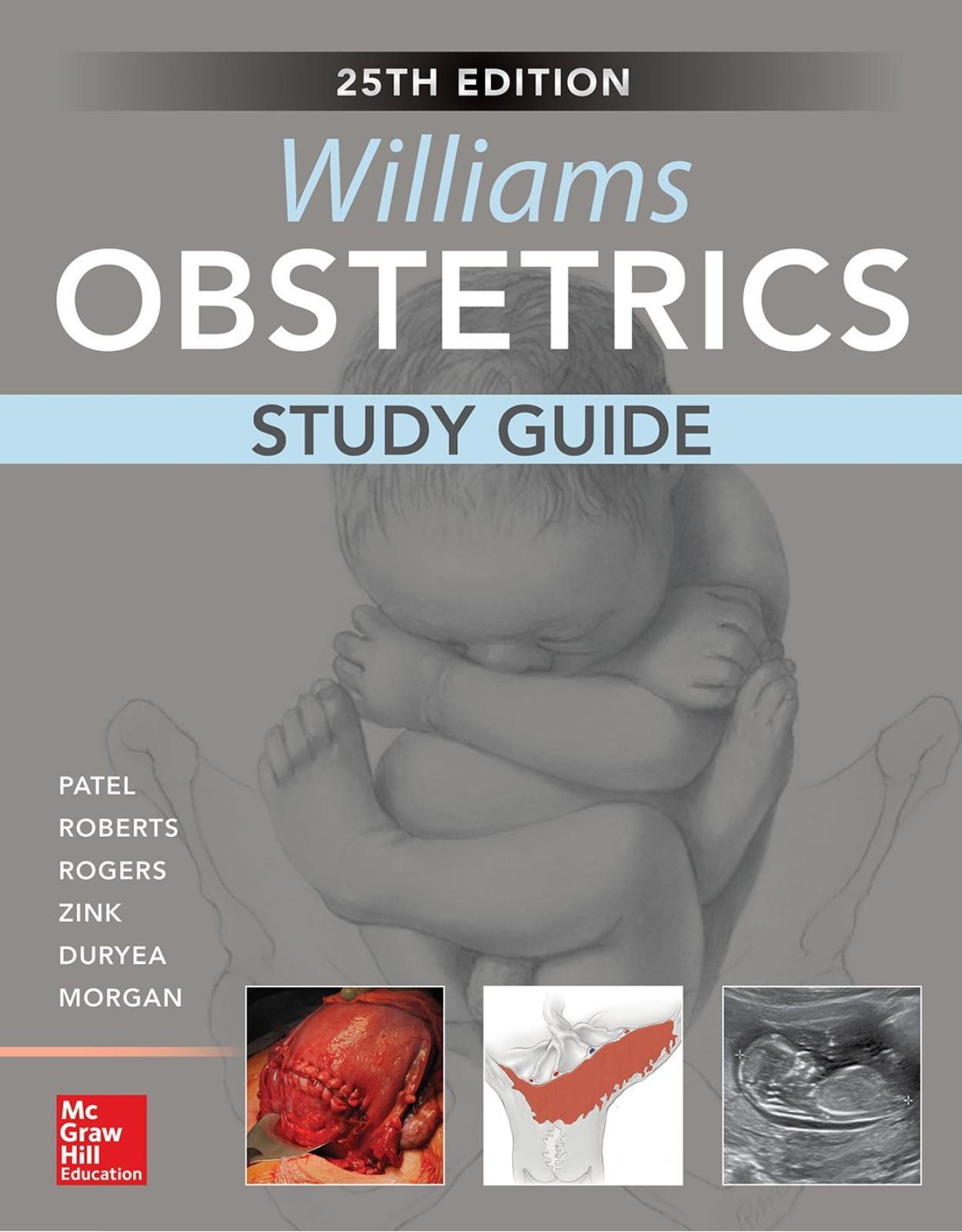
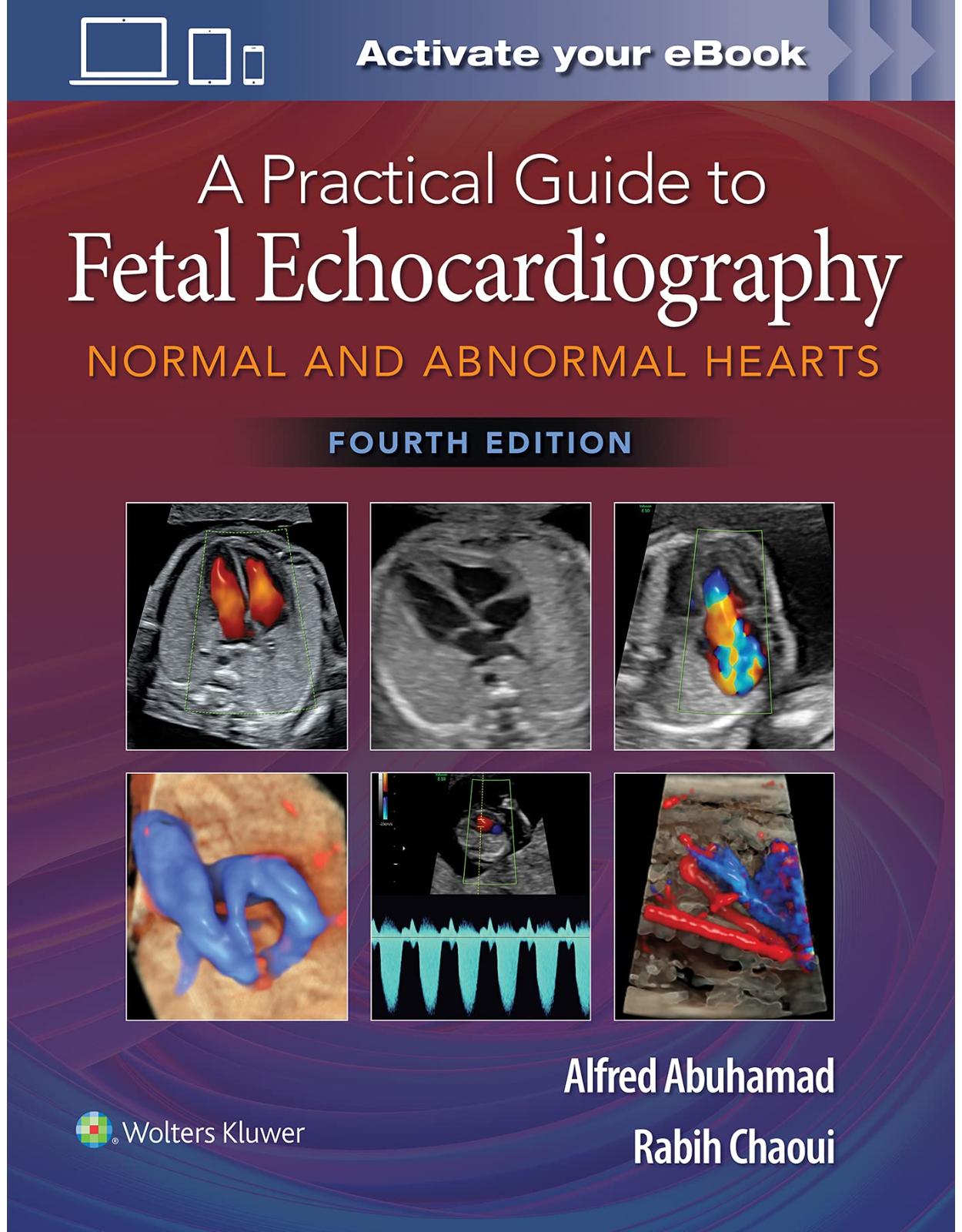
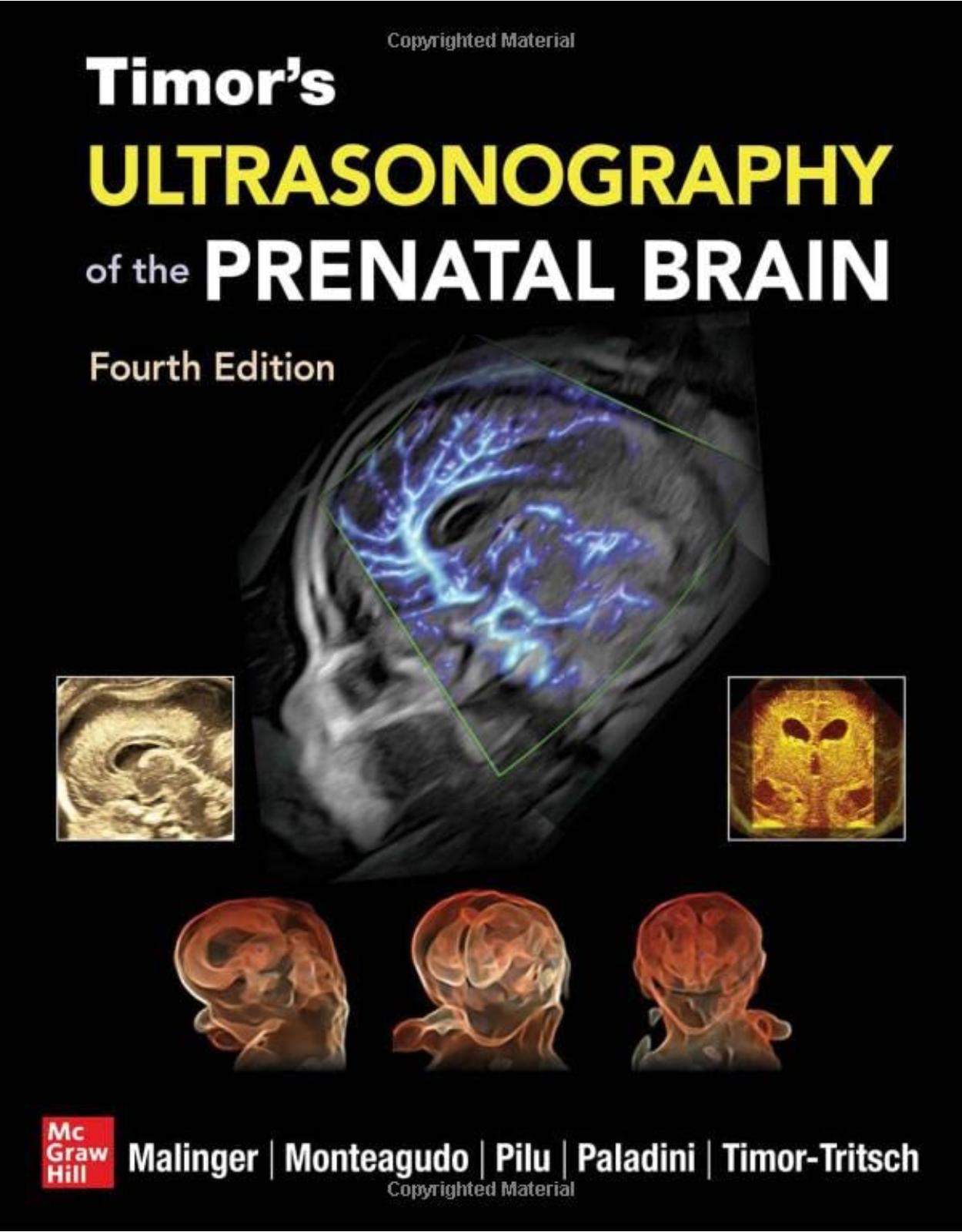
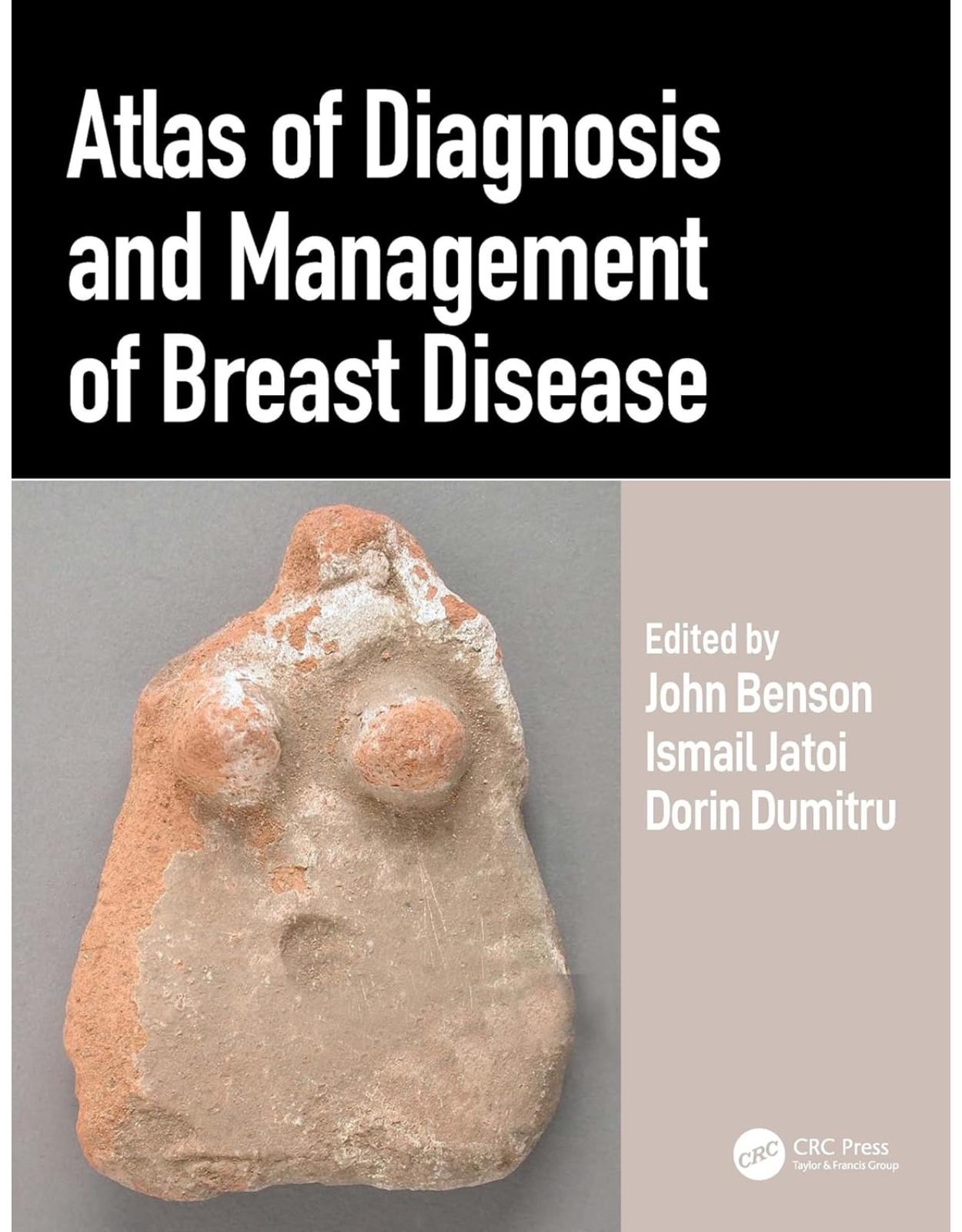


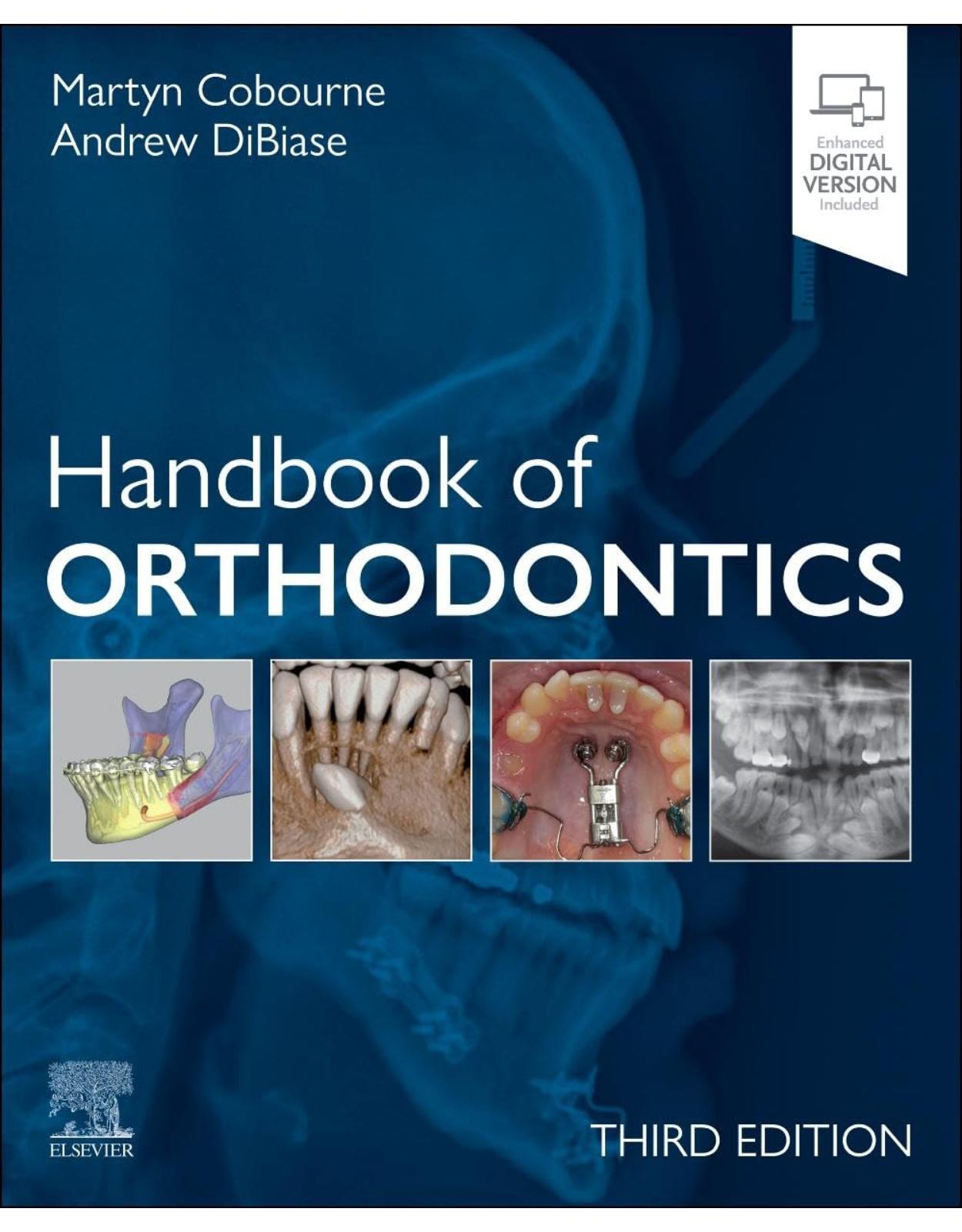



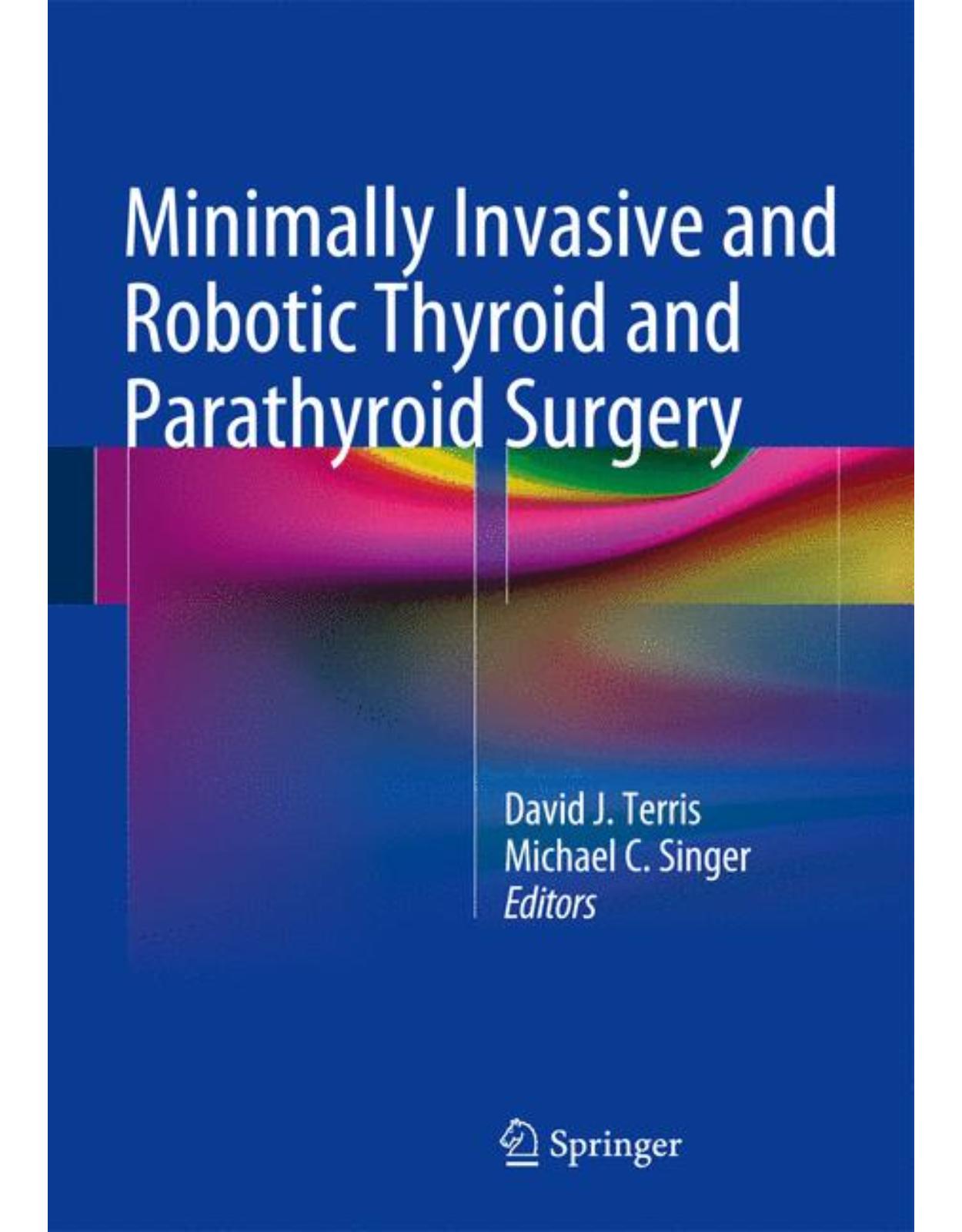
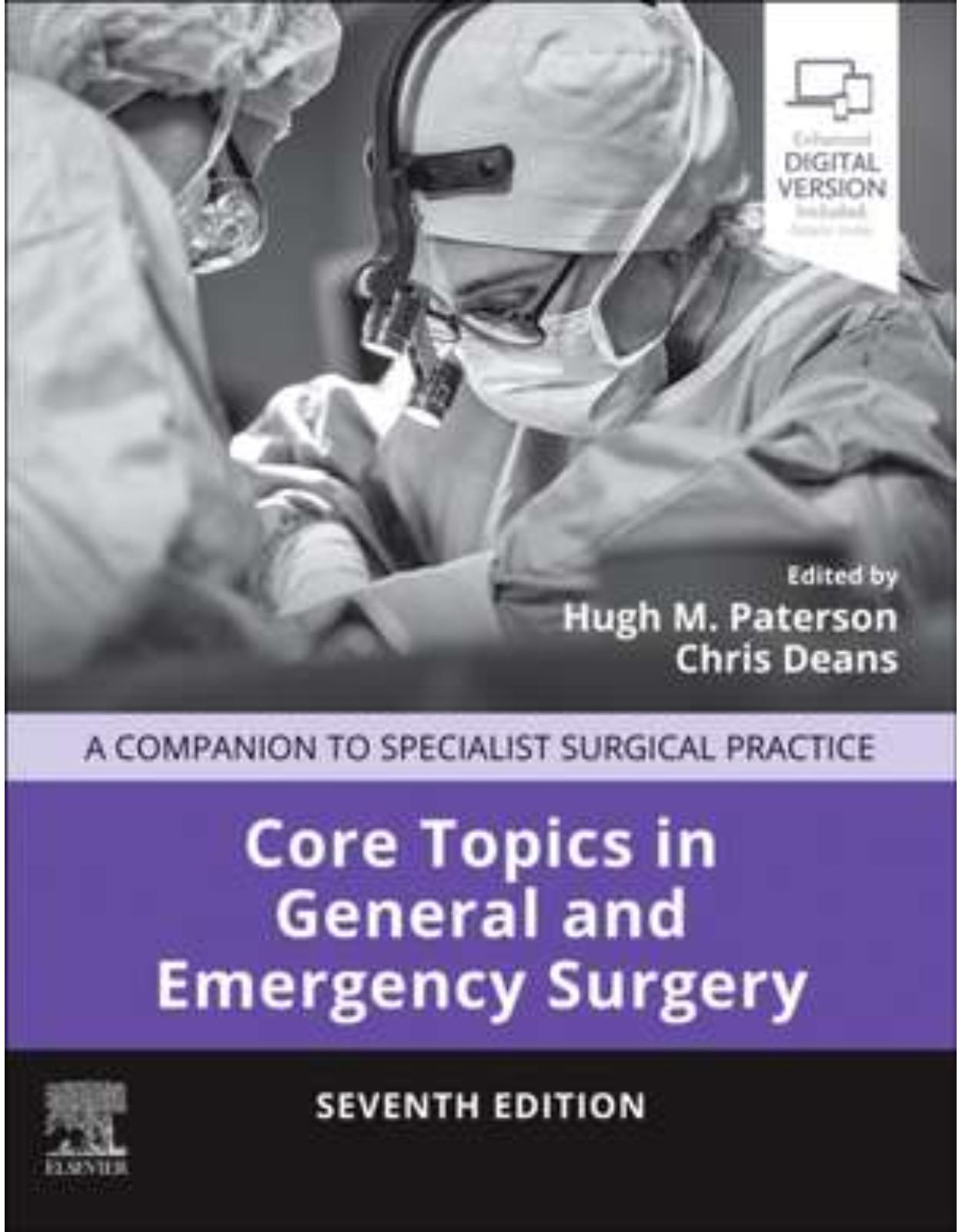
Clientii ebookshop.ro nu au adaugat inca opinii pentru acest produs. Fii primul care adauga o parere, folosind formularul de mai jos.